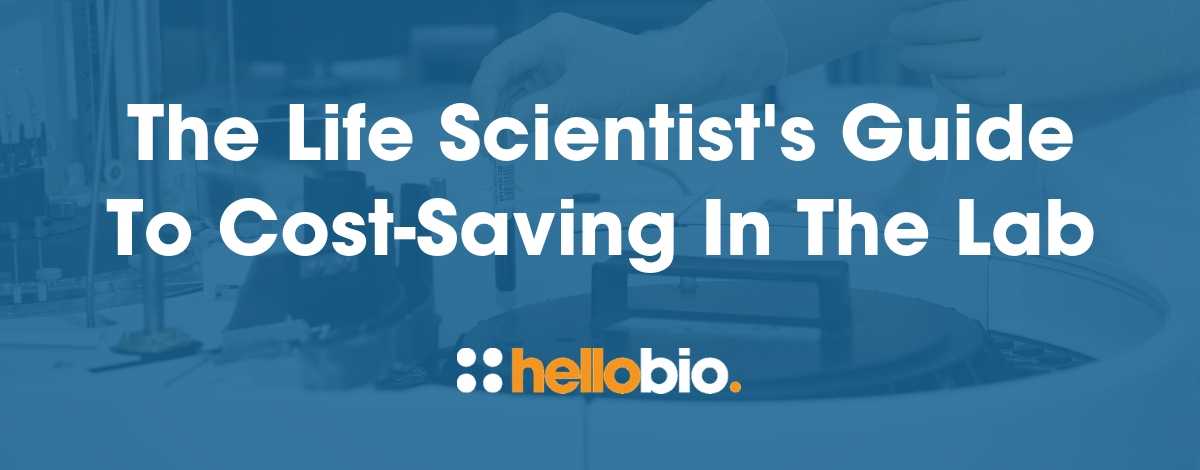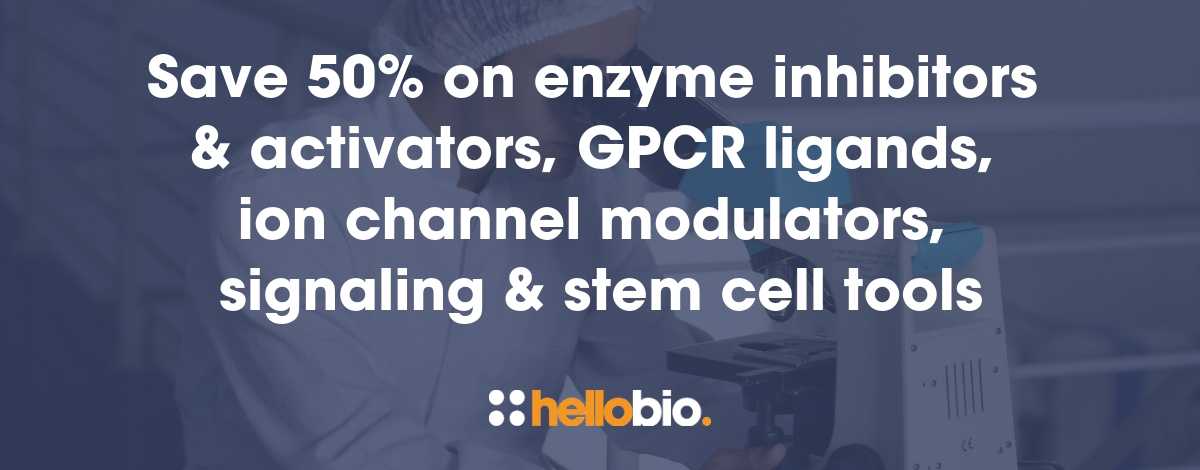How do you get started in science writing?
By James Howe
Science communication has seen a surge of interest among academics in STEM in the past few years. Many of my peers have started thinking about what the wider public might find interesting about their research, begun honing their messaging for the wider public, or tried to contact venues about science communication events. However, nearly all of them have had trouble attracting an audience.
When I started doing science writing a few years ago, I discovered the hardest part wasn’t actually the writing (though it’s certainly not easy). It wasn’t building up the motivation or confidence to start, and it wasn’t finding an interesting story, either. No, I had the hardest time just finding out how to get my writing in front of people.
In this blog post, I thought I would give a few tips to academics hoping to get into science writing. Having done it myself, I can say the landscape of popular science media seems confusing, but it can be far simpler than it appears. We’ll be focusing on your first few steps into this new world: though they’re the hardest, they’re by far the most important.
Start local, start small
Practically no science writer releases their first (or second, or even third) piece in The New York Times or The Atlantic. Instead, most cut their teeth in smaller venues before moving up the chain. Aspiring writers used to develop a following at their own blogs, but that era ended years ago (no, Medium posts don’t count). Now, most surviving blogs are attached to institutions or authored by writers who are essentially institutions in their own right.
As a result, most science writers I know started with small articles for blogs or magazines run by companies, university departments, or professional societies. Many of these institutions are constantly looking for new writers to do little one-offs here and there, like promoting an upcoming meeting, giving tips on how to troubleshoot their products, or just adding a little flavor to their site. In my experience, these groups tend to be some of the easiest to stumble upon, to approach as a writer, and to work with before you have experience navigating science communication or publishing.
Further, their target audience’s background is probably somewhat similar to yours, which can be a major advantage. The core of science communication lies in knowing your audience: writing effectively for a smaller audience more similar to yourself is almost always easier than doing so for a larger, more diverse one. The goal as a communicator should always be to broaden your audience, of course, but you should balance this with how effective you’ll be. In my opinion, it is far better early on to do a good job in front of a few than to overreach and do a bad job in front of many.
Look for outlets specifically for scientists as writers
If you would prefer to avoid blogs, there are a few outlets whose entire goal is to get scientists talking about the research that interests them. They have environments and features for writers designed with academics in mind, and audiences looking for pieces written specifically by people like you. Though there are more than a few in this space, The Conversation and Massive Science are both good places to start.
Sites like these have streamlined systems to make the whole process a lot easier than you find throughout most of the media world. They use common structures to pitch articles, simplifying what I consider the most difficult, impenetrable part of the science writing process. They also allow syndication to larger outlets as well, which can drastically increase the size of your audience if your writing catches their eye. These features create a great environment to hone your writing, while still allowing your best work to get noticed.
Learn to pitch
Eventually, you’re going to have to leave the warm embrace of your early outlets if you want to grow your audience. To do that, you’re going to need to learn to pitch. Other articles cover this in a bit more detail (like here and here), but at base, it’s a pretty simple concept. If someone has to read hundreds of emails just like yours every day, how do you catch their attention?
The most important things are to write to the right person at a publication. If you send your pitch to the generic pitch email account (e.g. pitches@outlet.com) or to the wrong editor, they’re not going to read it. If you have a boring subject line, they’re not going to read it. Front load the fun, cool parts of the proposed story and keep it short: leave them wanting more from you. it If you need examples, the Open Notebook maintains a database of hundreds of successful pitches.
Have a social media presence
This is going to sound played out in 2019 (and hopelessly dated five years from now), but I cannot overstate the importance of social media as a science communicator. Most people are already aware of its uses in reaching new audiences and forming connections, which has been covered in far more detail here. However, most people do not know that social media (mostly Twitter) is even more useful for finding new writing gigs.
You should try to follow publications of interest and their editors. Editors from nearly every outlet across the board will occasionally look to solicit new pitches on Twitter. These calls on social media represent unique opportunities: most of these do not get posted on more official channels, and many of these editors are otherwise nearly impossible to reach for someone that’s not already working with them or otherwise connected. If you get lucky, these calls can potentially get turned into articles or even a foot in the door for more writing further down the line.
Don’t give up
To put things bluntly: getting started is going to suck. A lot. Most of your first attempts to get articles out will go nowhere. Your messages will disappear into inboxes, never to be replied to. Editors will reject your pitches via 3-word emails sent from their phone over lunch. One of your articles might even get a simultaneously angry but also somehow smug response from a creationist blog.
Don’t worry! That’s totally normal, and I would even consider these events rites of passage. Do not give up. Every writer gets rejected. The most important factor in science communication is sheer resilience. You will fail often, but how you respond is most important. Use each failure as an opportunity to get better and come back stronger. Maybe that pitch better fits a different outlet, or maybe its first sentence could use a bit of re-working.
Whatever you do, just keep writing.
_____________________________
James Howe is a graduate fellow and PhD candidate studying computational neuroscience at the University of California San Diego. His work focuses on the genetics of instinct and emotion.
For the past two years he has moonlighted as a popular science writer. You can find his work at many outlets, including Interstellate, Massive Science, Salon, and many more. In his free time, he enjoys hockey, poker, hiking, and grappling.
Follow James on Twitter at @jamesrhowe6 and over on his website jamesrhowevi.me.
_____________________________
If you enjoyed reading this article, why not check out the other resources available on our blog. In particular, we're passionate about supporting early career life scientists and PhD students - with affordable reagents and biochemicals, travel grants, and resources to help with both personal and professional development. We know how tough it is - so we hope you find these helpful!
Advice & guidance for life scientists
Click below to view our of essential guides and articles includes to support life scientists, PhD students & early career life scientists:
Wellbeing for scientists
Click below for our resources to help improve your wellbeing:
Travel grants
Every month we give away $500 to PhD students and Postdocs so that they can attend a scientific conference - click below to find out more:
Technical resources
Try our Molarity Calculator: a quick and easy way to calculate the mass, volume or concentration required for making a solution.
Try our Dilution Calculator: an easy way to work out how to dilute stock solutions of known concentrations
Click below to see our Mini-reviews, Pathway Posters & Product Guides: a set of technical resources to answer your questions on a wide range of topics and to help you get started quickly.
And - when you get to the stage of planning your experiments, don't forget that we offer a range of agonists, antagonists, inhibitors, activators, antibodies and fluorescent tools at up to half the price of other suppliers - click below to see how we compare with other suppliers:






















